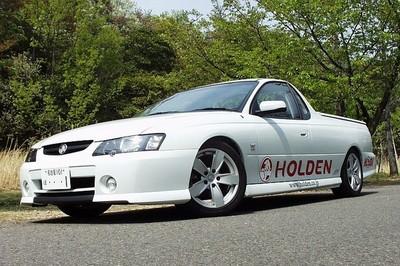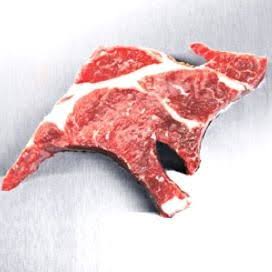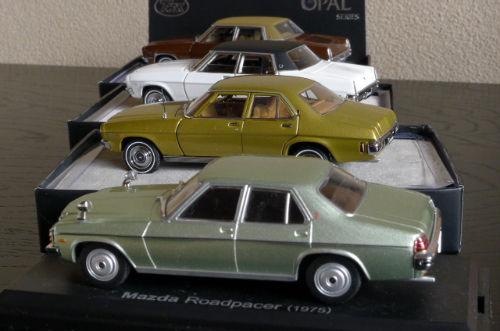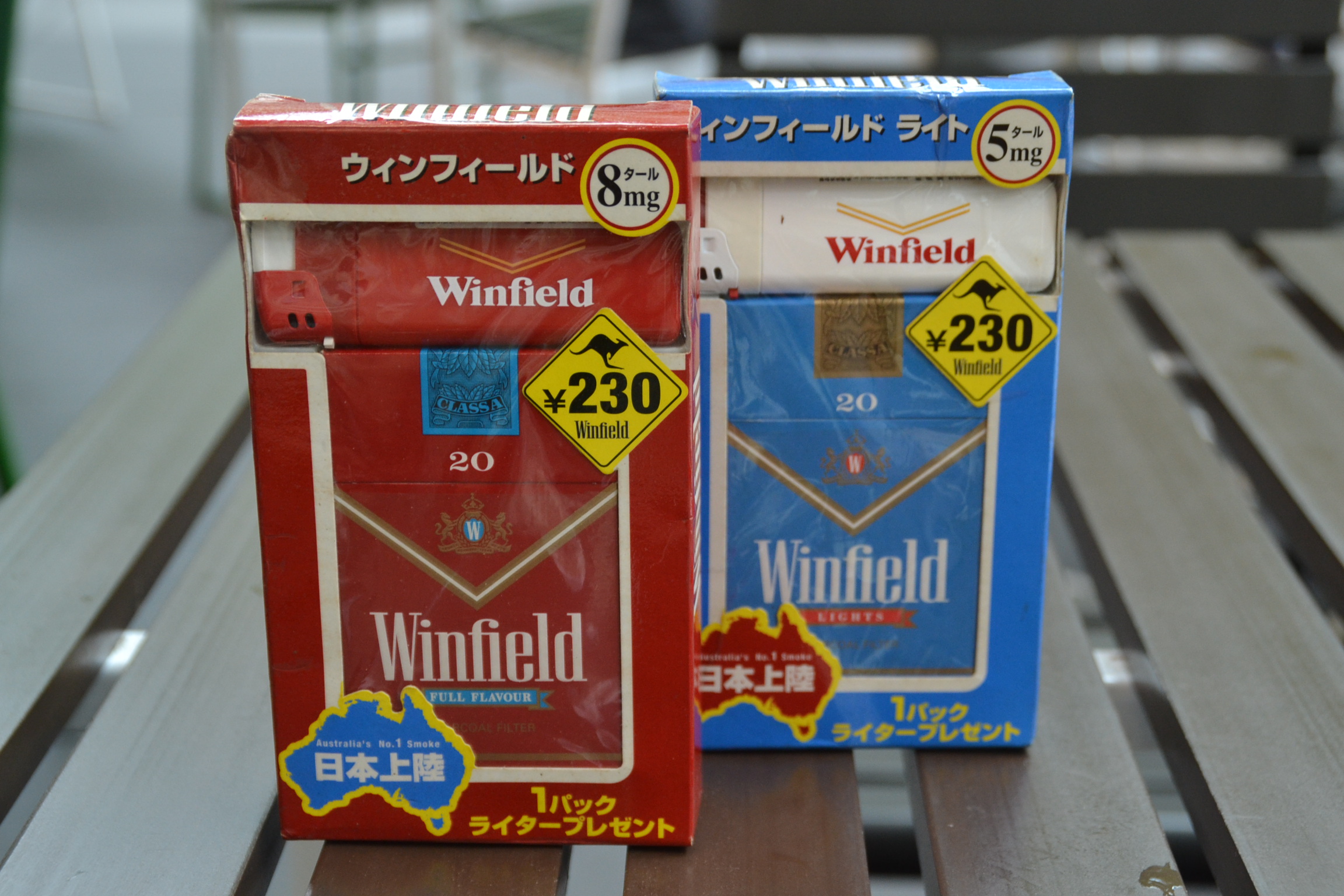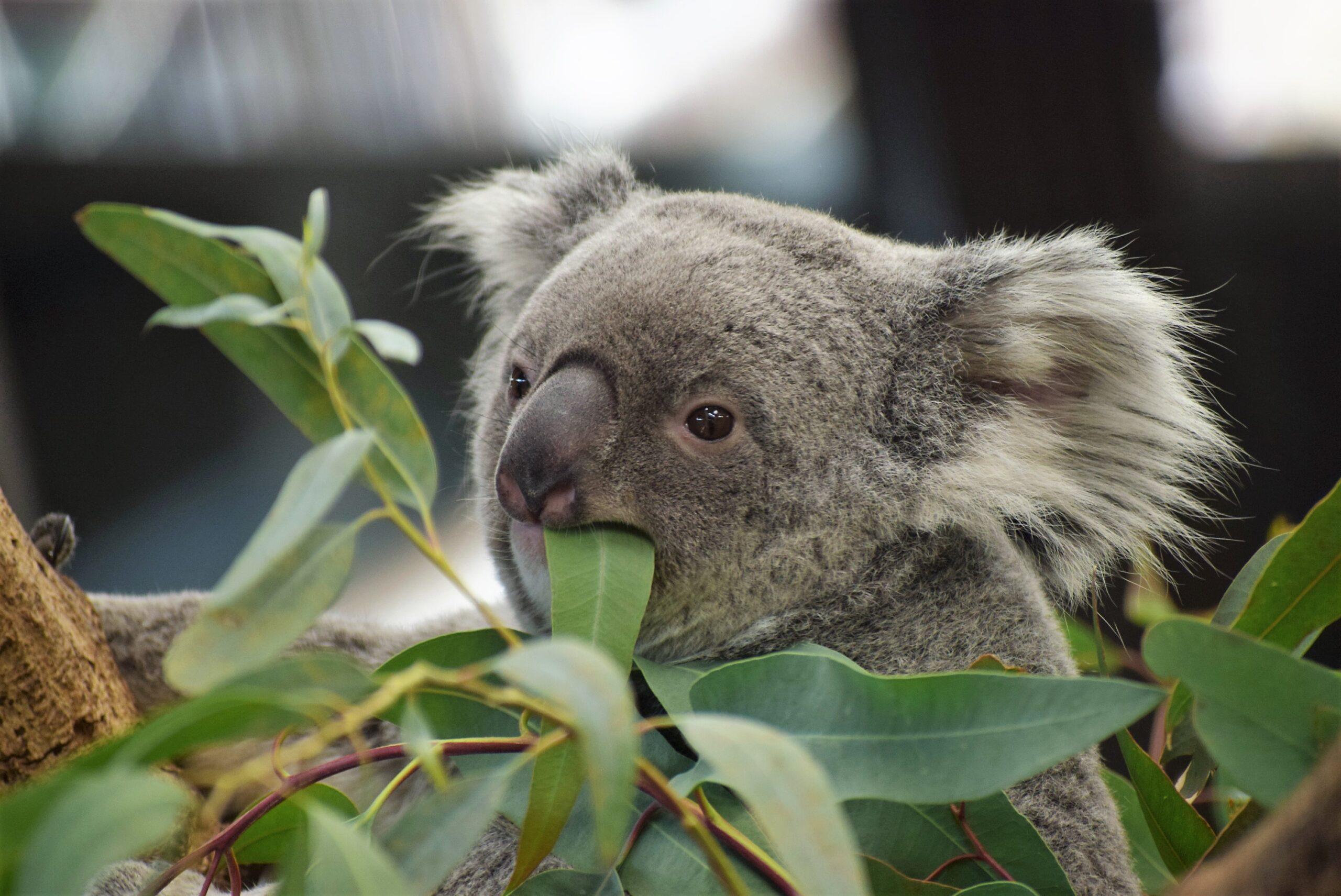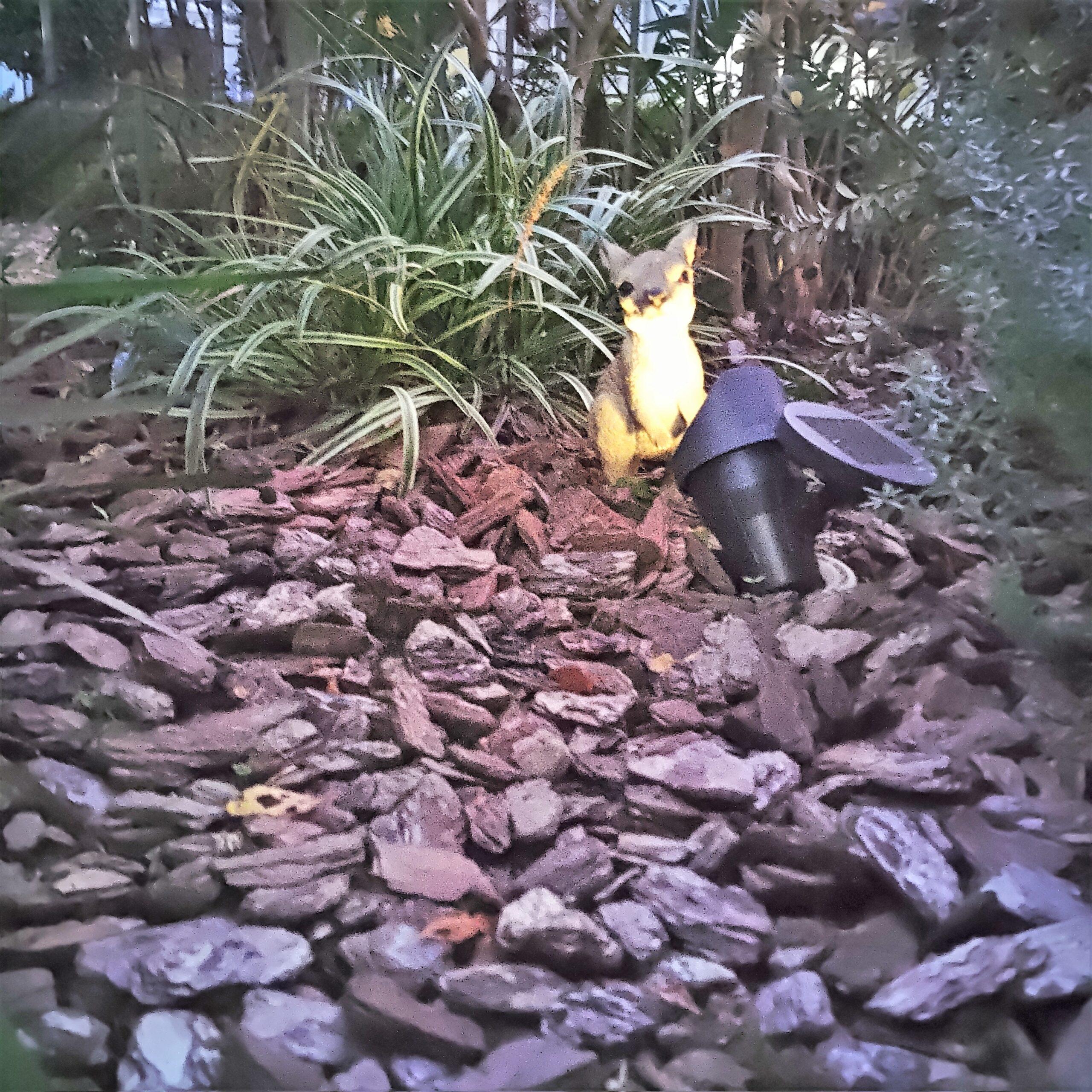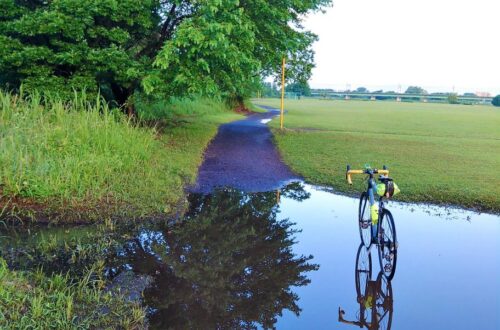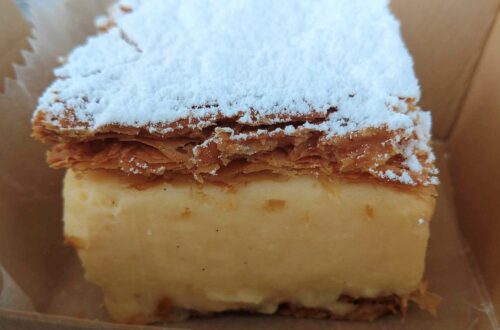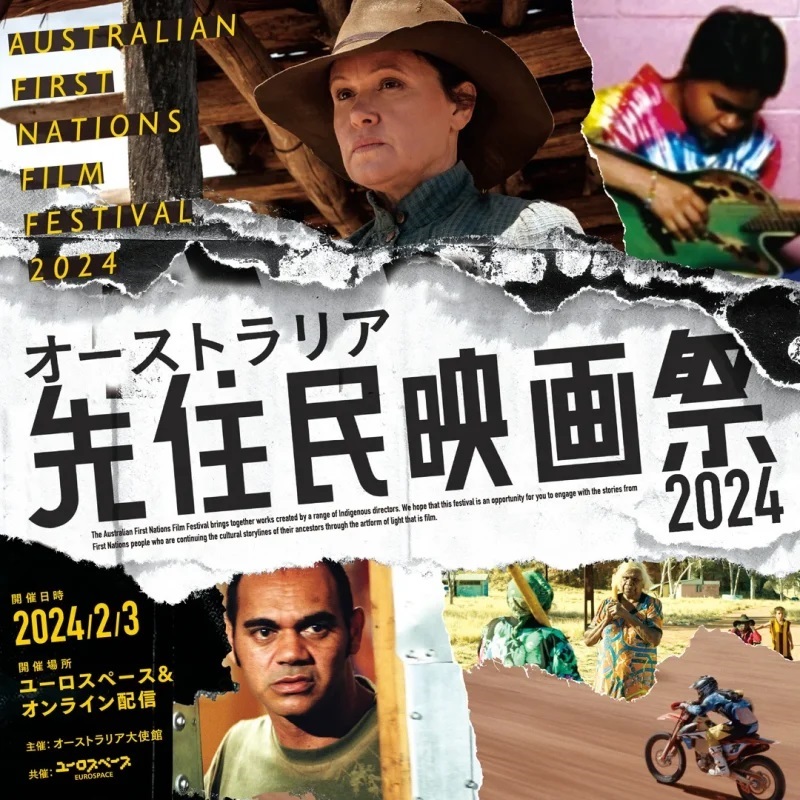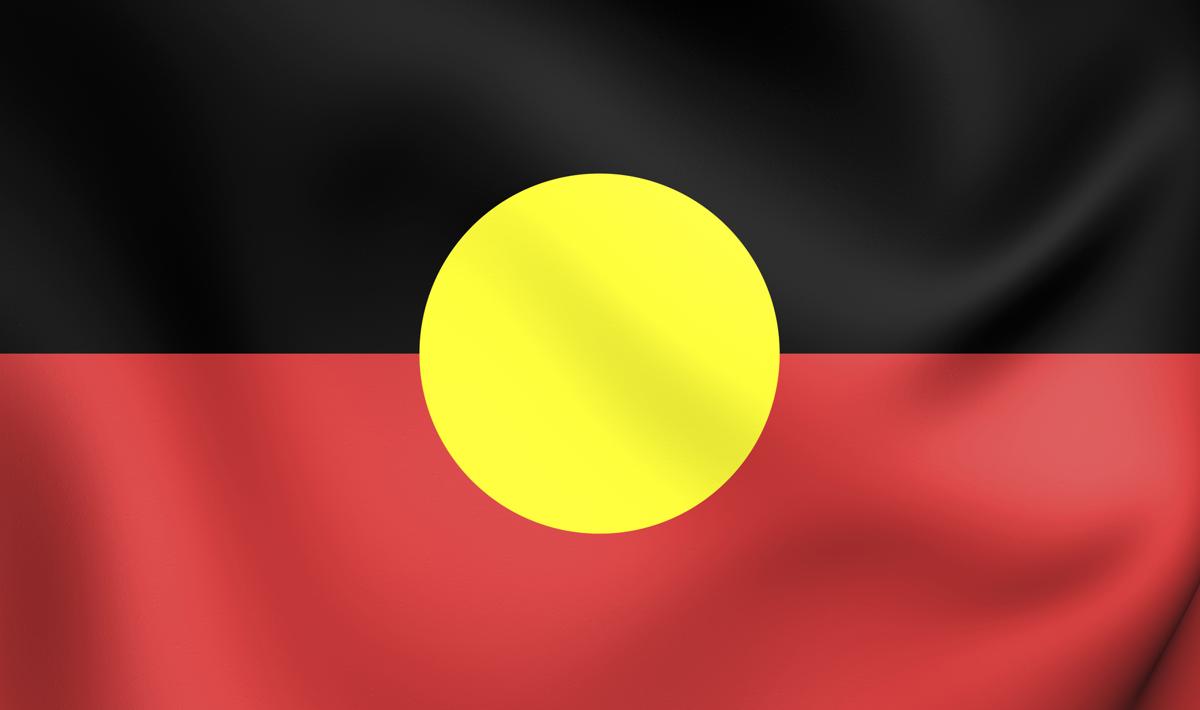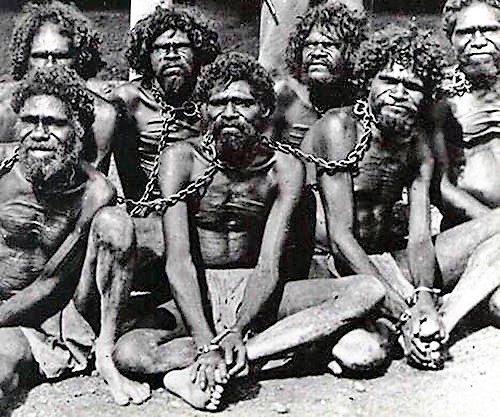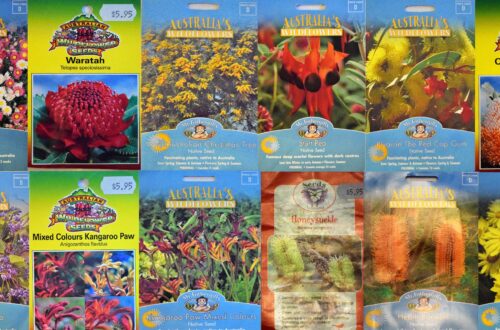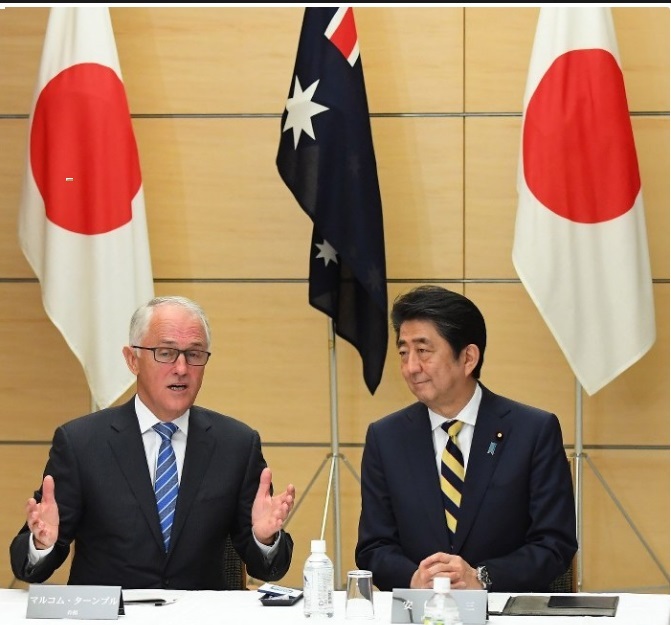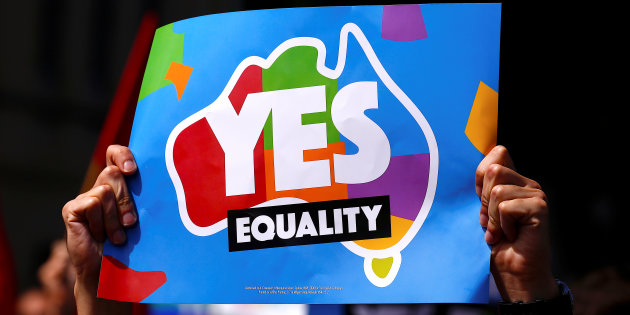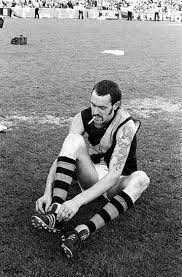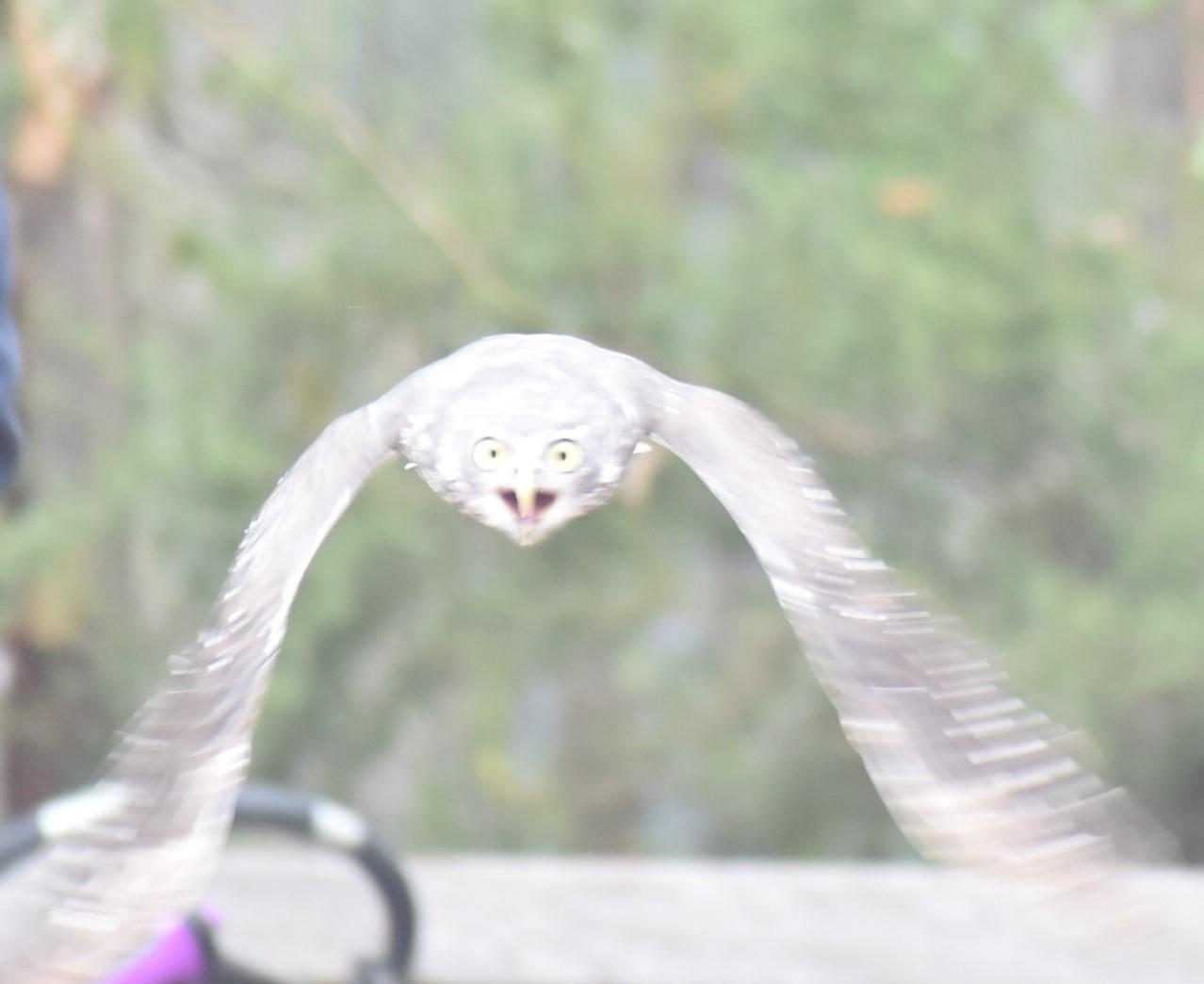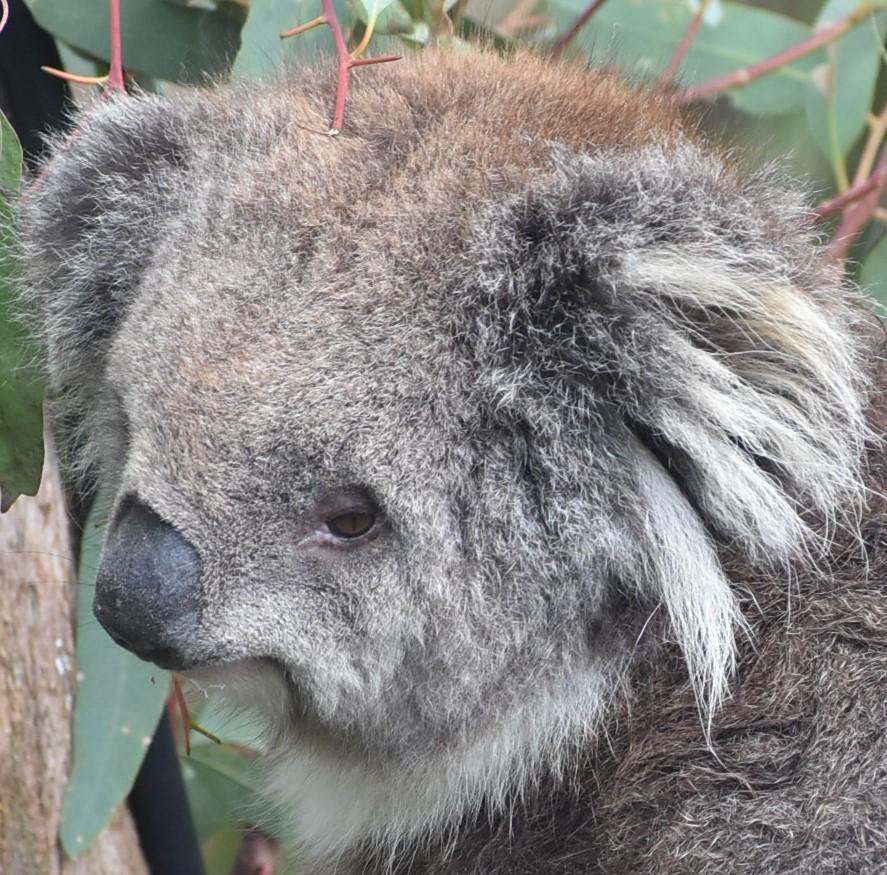オーストラリアの最も有名な車ブランドであったホールデンが2020年いっぱいで廃止となることは親会社であるジェネラルモーターズ社の17日発表で分かった。 1908年に始まったオーストラリア国内製造が2017年に終わったが以降シボレー車が輸入されてホールデンブランドで販売された。 しかし、販売数が伸び悩み、結局GMがホールデンブランドを廃止することを断行した。 一時、オーストラリア製造業の象徴であったホールデン車が事実上存在しなくなる。 販売終了後、約10年間メンテナンスのために200人程度を雇用する予定はしている、とGMがいう。 Related posts: 砂漠のド真中にあるビール大好きなクジラ Aussies Exposed to Radiation in Japan – 65 Years Ago Australia Day賛否両論 「国家を静止するレース」:競馬のための祝日 Powered by YARPP.
-
-
Kangaroo meat is selling like hotcakes in Japanese convenience stores. Sales of protein-related products are skyrocketing against a backdrop of growing fascination for weight training. All protein-related products grew 40% year on year at Natural Lawson convenience stores from fiscal 2018 to fiscal 2019. And September 2019 sales increased 70% YoY, with kangaroo meat being a prime driver at the chain’s 143 stores in the Tokyo metropolitan area. Tokyo-based Vasel Inc. sells kangaroo meat under the RooMeat and Paroo brands throughout Japan, including the roo jerky selling strongly at convenience stores. “Kangaroo meat is the pinnacle of red meats. Its…
-
On this day 70 years ago, Australia launched a domestic automaking industry at Fishermen’s Bend in Melbourne to produce Holden cars. Not many outside Australia that the Great Southern Land once produced cars, and perhaps even fewer still are aware that Oz exported some models to Japan. These weren’t cars assembled in Australia and shipped to the world’s then second-largest car market (as would happen in the late 1980s and 1990s, notably with the Subaru Outback). They were cars made with the intent of attracting Japanese consumers. Ironically, one of the cars marketed was the Mazda Roadpacer, a car slightly…
-
A long, long time ago, in a Straya far, far away, Australia briefly exported cigarettes to Japan. It wasn’t that long ago, actually. But for several months in 1994, Paul Hogan, a sometime comedian better-known to international audiences as the star of the deeply regretted the commercials for having inspired so many people to pick up a
-
考えRooがオーストラリアについてプレゼンをしましたので、その内容が以下の通りとなりました。コメントなどをぜひ送ってください。 今のオーストラリアの概要 * オーストラリアはラテン語で「南大陸」という意味 * 本土に加えてタスマニア島を含め数多くの島々で構成、面積はおよそ770万㎢であり、日本の約25倍ある * GDPが世界19位、一人当たりのGDPは世界9位 * 人口が2500万人弱、日本の約5分の1 * 住民の80%以上がヨーロッパ系の白人であり、その他にアジア人が約12%、先住民などが約2% * ヨーロッパ人在住が1788年から始まり、イギリスの刑務植民地として開拓された * 当時、イギリス法はオーストラリアを「無人」扱いだったが、先住民がそこですでに数万年間住んでいた オーストラリア先住民 * 昔、「アボリジニ 」として呼ばれた * まだ使われているが、「土人」という意味なので「先住民」、「原住民」、「ファースト・ネーションズ」や特定部族名を使うことが主流 * 先住民の定義は、植民地化以前にトレス海峡諸島民を含めてオーストラリア大陸及び周辺諸島に移住した人の子孫 * 現在、援助対象の場合を除き「先住民」認可は基本的に自己申告 * 植民地化当時人口が約300万人とされているが、今の先住民人口は約65万人であり、全体のおよそ2.8% ドリーミング * 先住民の宗教にあたるのは「ドリーミング、夢の時」 * 個人のすべての過去と現在と未来がつながっていると信じる * 各個人のドリーミングが違い、独特なものである * 部族の象徴でも、習慣でもドリーミングになる * 全ての知識が先祖から集まると信じる * 死後、名前を使用することが禁じられている * 死後、再び土と一緒になると信じる * 宗教同様、多くの神話が部族によって異なった * 共通神話が「虹蛇」 * 虹蛇が創造神話の中心となっている、世界を創ったとされている * 全てのものが土と一緒になるため聖地が多い * 有名な例がウルル(エアーズロック)。聖地であるため、最近、2019年から登山禁止されることが発表 コロボリー * 踊り、音楽、仮装でドリーミングと交流する儀式 * 参加者が体に絵を描く * 原則として誰でも参加できるが女性などが禁止されたコロボリーもあった アボリジナル旗 * アボリジナル旗は先住民族の旗であり、オーストラリアの公式な国旗の一つ * 1971年にハロールド・トーマス(Harold Thomas)によってデザインされた * 黒は、先住民族の黒い肌の色を表す * 赤はオーストラリアの土の色であり、過去も未来を表す * 黄色い丸は生命源である太陽を表す 先住民部族 * 元々先住民は600以上の部族があった * 各部族に特有文化及び言語があった * 先住民言語の多くは絶滅したが、未だに120種類以上が使われている * ほとんどの先住民が英語を母国語としている * オーストラリア・アボリジニ英語が出来た 世界最長継続文化 * 先住民がオーストラリア到来以降狩猟採集社会となった * 未だに狩猟採集社会が北部のアーネム半島を中心に継続している * 継続している文化で世界で最も最長となっている * 最後の未接触部族が1984年にオーストラリア中央部にて発見された * 先住民のほとんどが遊牧民族 * ほんの一部を除けば、入植当時農業がほとんどなかった * 「領土」の感覚がなくて、部族の行動範囲がだいたい決まっても「所有」という感覚がなかった * 部族内戦争が多発したが、目的が主に限られた食資源と部族外女性を取るため…
-
Punk Doily, a recently opened cafe, offers a heavenly touch of Australia made by a Saint in a small nook in Oyamadai, Setagaya-ku. 最近開店したパンクドイリーがセイントが作るオーストラリア風素晴らしいご馳走を提供している。 Punk Doily’s sausage rolls are authentically Oz, faithfully providing not only the flavor of the tuckshop, but also adding pleasures for the gourmand that the Japanese excel at. パンクドイリーのソーセージロールは本格的なオージー味であり、学校売店の懐かしい料理を誠実に再現する上に日本人の特異な上質なグルメを加える。 Available in sage and fennel flavors, the sausage rolls use pork from exclusively potato-fed pigs, and have a hearty, mouth-watering meat that tastes perfect without the need of excessive herbs, spices or other additives. セージとフェンネル味があり、ジャガイモが飼料の豚から得る豚肉使用によって濃厚な美味しさがあり、余計なハーブやスパイスなどが使用不要。 Wash down the delicious savory snack with one of the selection of…
-
Australian Prime Minister Malcolm Turnbull visited Japan this week, but you’d barely have known it. Despite repeated claims of the Japan-Australia relationship being stronger than ever, Turnbull’s trip went almost unnoticed by the Japanese media. Turnbull toured an Air Self-Defense Force base with Prime Minister Shinzo Abe, seeing first-hand the Australian-made luncheon made using pricey Australian ingredients with Japanese-influenced dishes. Tickets for the invitation-only luncheon held by the
-
オーストラリアが長年の対立の末、12月7日にようやく同性結婚を合法化し、法案が可決した瞬間国会傍聴席で「皆同じオーストラリア人」という歌を歌い出し、国会議員も一緒に歌ったという感激なハプニングが起こった。 オーストラリアに同棲が多く、同棲の政治力が強いが同性婚反対である保守派が長い間権力を握った。 青年でカトリック神学校の信心深い生徒だった2013年~2015年の間総理大臣だったトニー・アボット氏が同性婚を強く対抗し、認める措置を全面的に却下したが、現首相マルコム・ターンブル氏が同性婚支持者で知られた。 ターンブル氏が与党である(補修派の)自由党内や宗教団体などの反対に対して先月国民投票の実施まで導いた。歴史的に成功率が極めて低かった国民投票では有権者の6割以上の人が同性婚に賛成した。 その結果をもって、ターンブル氏が国会に同性婚認可法案を提出した。国会下院・上院でも圧倒的に指示された。結局、反対したのはわずか4議員。 議席内の同性婚が圧倒的に指示されているにもかかわらず、アボット元総理をはじめ数人の議員が棄権した。豪国会では、法案が圧倒的に支持されている場合、表を数える必要がなく、同性婚についての投票がそのケースだった。 法案が可決し採択されたら、同性婚が合法化された瞬間傍聴席から「我々がオーストラリア人」という曲が一斉歌えるようになった。一緒になった議員もいた。 その曲が元々1960年代日本でもヒットした「ザ・シーカーズ」が作曲し、「非公式な国歌」と見る人が多い。同曲の歌詞は、オーストラリアの歴史の歴史をちなみ、色々な違いがあっても皆が同じオーストラリア人であることを強調し、対等性や平等や統一感を訴える曲であり、オーストラリア人の間に広く愛されている。 Australian parliament breaks into song after passing same-sex marriage law Related posts: No related posts.
-
Japanese have been legally eating kangaroo for longer than most Australians. Kangaroo meat was imported to Japan and being served in Tokyo restaurants from 1988, five years before meat from the national symbol was legalized for consumption by Australians in all states other than South Australia, where kangaroo could be eaten legally from 1980. (Indigenous Australians had continued eating kangaroo, a traditional food, regardless of the ban.) Despite the head start, kangaroo meat never really kicked on in Japan, despite its reputation for being a healthy, high-protein, low-fat alternative to beef or pork. RooMeat was promoted in Japan as being…
-
(Sung to the tune of Me & Bobby McGee) Buggered at the Jolimont Road end, playing the Blues again Back when having tats meant you were mean Robbie pulled a durry out, though it was still during the game Sucked a tinny filled with Tiger dreams Balmely hooned and swiped a dirty big coathanger Got ‘em playin’ soft while the Tiges smashed the Blues, yeah Cheer squad at the Punt Road end was showing form was fine Grog Squad singing every chant it knew Freedom’s just another word for beatin’ up the Blues Beatin’ don’t mean nothin’ without a flag…
